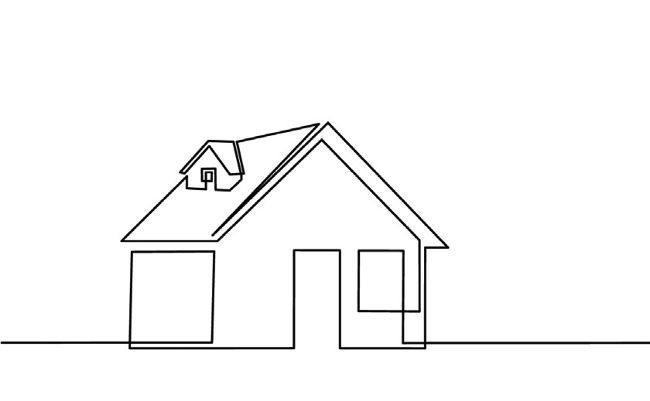Self-build for beginners
HOW TO REDUCE THE CARBON FOOTPRINT OF YOUR PROJECT
From carefully considering your material choices to choosing the right project team, here are 14 ways you can make your self-build more environmentally friendly

WORDS: MARK STEVENSON
Building your own home is a great way to create a unique place to live, but these days, self-building involves much more than just choosing the right layout or finishes. Today’s self-builders want to build responsibly and minimise their environmental impact. Their goal isn’t just to create a beautiful and comfortable home, but to build it in a way that reduces its carbon footprint.
When considering the carbon footprint of a house, there are three key areas to focus on: operational carbon, embodied carbon and sequestered carbon.
Operational carbon This is the CO2 emitted when running the home – heating, cooling, lighting and running appliances etc, and a poorly designed house can waste a huge amount of energy. Embodied carbon This refers to the emissions generated in producing, transporting and processing building materials. Unlike operational carbon, which can be improved, embodied carbon is locked in from day one but by choosing low-carbon materials, the amount of embodied carbon can be reduced.
Sequestered carbon Natural materials, such as timber, absorb CO2 as they grow and lock it away when used in construction. Using these materials can even help offset some of the carbon produced elsewhere in the build.
A low-carbon home isn’t just about how it’s built, it’s also about how you live in it. A well-designed home reduces the need for energy, but opting for energy-efficient appliances and incorporating renewable energy technologies can lower its impact. By considering carbon reduction at every stage – from planning and materials to long-term energy use – you can create a home that is not only comfortable to live in but is also energy efficient and better for the planet. Here’s some of the best tactics to consider.